But as much as the individual books I encountered there and devoured before moving surprisingly quickly to the adult section up front, it was the fact that there were a whole bunch of books arranged in a manner that you could use to find more of what you liked. On top of that, you could find check them out and take them home. I immediately started my own library at home. All my comic books, Superman in one stack, Captain Marvel in another, Donald Duck in his own stack, each stack then ordered by date of publication. Big Little Books had their own shelf. (Remember them? Sort of a bridge between comic books and the later graphic novels, in a way.) Hard-cover books, the few I had, didn’t need much in the way of arrangement since you could see all 3 or 4 of them at a glance.
I even set up a way to sign out books or issues and showed my library to friends in the community. They looked and marveled but never actually signed out anything.
My parents would give me a small amount to spend on comic books when we’d go shopping in Greensboro or Eutaw or Tuscaloosa. Oddly, perhaps, they never censored what I bought. That lack of censorship did not change when I became a teen and began to profit greatly from the explosion of cheap paperbacks.
Whatever happened to those older collections? Did I have to get rid of some of the older ones as I got newer ones? Did I get rid of comics and Big Little Books as I moved into magazines and paperbacks? And how did I get rid of them? Did I give them to younger cousins or locals in the community? Did they get burned? I have no memory, which somehow surprises me.
In my teen years my collections skewed heavily toward science fiction and fantasy. The old Science Fiction Book Club which my parents allowed me to join was a major source, and I devoured each month’s announcement and carefully checked whether I wanted the main selection or the alternate selection or neither or both. I also joined the Ballantine Science Fiction Book Club, and each month I was sent automatically their current paperback release. And of course I picked up the occasional paperback from the drugstore racks.
I had already encountered a number of authors via the science fiction magazines I read. The biggest excitements for me came from Arthur C. Clarke and Theodore Sturgeon. Isaac Asimov, particularly his Foundation Trilogy and his robot novels (loved those Three Laws!) was another early love. Ray Bradbury, Clifford D. Simak (”City” blew my young mind), Fritz Leiber, A.E, van Vogt, Leigh Brackett, Robert Silverberg, Alfred Bester, Chad Oliver, Fredric Brown, and so many others quickly joined the club, but for me the greats always remained Clarke and Sturgeon, and their works tended to remain in my collection when the others had been, to use a librarian term, de-accessioned.
Looking back I am surprised at how I sensed from his writings that Clarke was gay. No sex scenes, no specifically gay themes, just somehow an attitude. Sturgeon didn’t strike me as gay, but somehow he seemed to transcend any labels. I loved that about him. The Clarke novels that meant the most to me were “Childhood’s End” and “The City and the Stars” (along with its original manifestation “Against the Fall of Night”). From Sturgeon, foremost and always, “More than Human.” I will always be grateful that I had the opportunity to discover these works when they were first published.
One summer, I believe when I was 14, I contracted with my mother to capture and kill all the nasty old black and red grasshoppers in the yard at a penny apiece. I kept an accurate account which my mother never questioned and ended up with nearly $15.00 (and even yet I rarely find one of the ugly creatures in my yard). I spent it all on 3 books I located in a used-book catalog that came my way probably because of a book club membership. One was the James Agee/Walker Evans collaboration “Let Us Now Praise Famous Men,” which I had never heard of but sounded interesting. Turned out that the Evans photos were much more appealing than Agee’s prose, and until I looked at them I had no idea that the book was set in my own county in Alabama. A second book was a one-volume collection of Olaf Stapledon’s “Last and First Men,” “Star Maker,” and 3 other works of a lesser nature. The third item has vanished from memory, but the Agee/Walker and the Stapledon remained in my collection for some 60 years, following me to college in Birmingham and later to New York before returning to my old home after I took early retirement from Columbia University Libraries.
“Last and First Men” is a future history of mankind beginning more or less after WW1 and ending in the ultra-distant future after surveying many of the successor iterations of the human race. “Star Maker” in a strange way is a sequel which takes the tale to the end of the universe(s) and involves sentient stars with increasingly god-like powers who themselves become able to create worlds and universes. The two works are constantly expanding outward and constantly expand the young reader’s mind. If H.P. Lovecraft’s work can be considered the Bible of horror, Stapledon’s can certainly be considered the Bible of science fiction. So much flows from both of them
Oddly, my introduction to Lovecraft, “The Colour out of Space,” was included in a retrospective anthology of important science fiction stories. To this day I still consider him more in the category of science fiction than horror, for his cosmology seems to predate modern physics.
Now Stapledon is not an easy read. No characters, no plot, just long and detailed future histories. But what histories! What invention! Terraforming, genetic engineering, artificially enhanced intelligence, the supermind, Dyson’s sphere, all these and more turn up in his work. He is probably unreadable now, except perchance by those doing a historical survey of the field, but ideas he threw out have been used again and again.
One small example that haunted me then and haunts me now. Stapledon envisioned a society of star-gods who train their children-stars by allowing them to create temporary worlds of their own. One star-child goes crazy, and in his craziness creates a world in which all life is governed by rules which if obeyed will allow the obedient eternal happy life and if disobeyed will doom the disobedient to eternal pain. The adult star-gods cure the crazed child and erase the sick creation.
I made three major discoveries while attending Birmingham-Southern College, totally by serendipity while browsing in the library stacks. One was a single novel (I consider it a single novel) “The Once and Future King.” The title caught my fancy, and I liked the opening paragraph, checked it out, devoured it in my dormitory room, and shared my excitement about it with friends. I soon found an inexpensive copy in a downtown second-hand bookstore. It remained in my collection for 55 years, although over time some of my excitement for it had diminished. I tried other works by T.H. White, some more pleasurable than others, but TOAKT remained by favorite. Over time I decided that White was somewhat more fascinating than his work.
And I discovered in those stacks, again because titles caught my fancy and I started reading the opening paragraphs, Iris Murdoch and Patrick White. They both gave good titles and good openings. The early novels of Murdoch I didn’t love as much as I did those of her middle and later period, but they did encourage me to keep reading. By the time she died I had collected all of her novels and some of her philosophical writings. My first Patrick White novel was “The Tree of Man,” and somehow I found myself enchanted by the work and by Australia itself, an affection that continues today. Next I read “Voss,” not as enchanting immediately but a work that grew in my esteem over time. As with Murdoch, at the time of his death I had collected all of his works.
Especially after I had moved down to West 15th Street in Manhattan the Strand Bookstore became invaluable to me as a collector. There I managed to fill in gaps among those writers mentioned as well as some whose work I first met while living in New York, especially Stephen King. Gabriel García Márquez, J.D. Salinger, and Thomas Pynchon. It was in New York that I discovered Ross Macdonald, and just like Eudora Welty I fell in love with him and his detective Lew Archer. I gradually put together a complete collection of the Lew Archer novels and early on considered that body of work to be one of the literary highlights of the latter half of the 20th century. (I was pleased that in later years more people, including Welty, began to agree with me.)
Now living in a New York apartment there is a limit to how many books you can keep. Lots of books that I read and enjoyed but considered one-night stands and not a lifelong read I did get rid of, and every few months I’d go through my stacks and pull out those that seemed transient rather than transcendent and bagged them up and donated them to the Columbia University Libraries, where I worked. I’m sure most were included in the occasional sale or used for exchange with other libraries, particularly foreign libraries. Some I would take home to Sawyerville on trips back to visit my parents and leave them in the bookcases in my bedroom there.
By the time I left Columbia in 1989 and moved back to my childhood home in Alabama I had also added some other works that stayed in my collection a long time, particularly the “Helliconia” trilogy of Brian Aldiss, “The Alexandria Quartet” by Lawrence Durrell, and “The Raj Quartet” by Paul Scott. Durrell’s work I now feel is more of its time than timeless, but it gave me great pleasure at the time. Scott’s work seems to be suffering a decline in reputation these days, with cries of cultural appropriation by the likes of Salman Rushdie, who hated it. Now I believe that Scott was a middling writer on the whole who discovered a great theme and a wonderful approach in his Quartet and was able to create wonderful characters and situations that took off from E.M. Forster and that Quartet became its own wonderful thing. Its portrait of an empire in decline and what trying to sustain an empire did to the British involved fascinates. For it is about the British in India, not India itself, although his portrayal of India is persuasive.
Also accompanying me home were my collections of Faulkner and Welty, the copy of “Moby-Dick” with Rockwell Kent illustrations I had picked up in that used bookstore in Birmingham while I was in college, “More than Human,” several works of Arthur C. Clarke, the Stapledon collection, and the copy of “The Little Prince” that someone had given me when I was a child. All of these books I packed up in boxes and mailed to my Sawyerville address, timed to arrive on my last visit home before the final move.
The library in Sawyerville was enormous. In addition to my books mailed home there were a good number of books that had remained on the shelves in my old bedroom. My companion Tom Miller had a large collection: as a movie publicist in those pre-internet days he had assembled an impressive collection of reference books and biographies relevant to his trade, and as a playwright he had a large collection of published plays. When his sister Norma in 1994 moved at age 88 from her home in Las Cruces, NM to an assisted-living facility in Tuscaloosa she took there a large number of her books with even more being moved to Sawyerville (these were primarily Literary Guild selections and books she had acquired in her childhood). After her death in 2000 all of her books ended up in Sawyerville.
In that first decade back in Alabama I didn’t add much to the collection, but through a couple of used bookstores in Tuscaloosa I did manage to add a few. A major addition was the 3-volume set of 8 novels by Neal Stephenson that comprise his “Baroque Cycle,” which I got for a dollar a pristine volume at ther Dollar Tree, not my usual source for literature. Stephenson had already been one of my great discoveries upon return home, first his “Cryptonomicon,” and I love his long and discursive fictions. The Cycle runs to nearly 2,700 pages and is one long novel really, and it does require a great investment of time, stamina, and imagination. As I write this I am in the process of devouring his latest, “Fall, or, Dodge in Hell.” It’s a shorty, a mere 900 pages. And I love it.
Tom died in December of 2007. Both he and his sister had been serious packrats who never got rid of anything, and my house and my father’s old country store next door were filled with their belongs: furniture, clothing, photographs, letters, old bank statements, canceled checks, and of course books. Auctions, tag sales, yard sales, and donations to charity took care of lots of stuff. I got rid of a lot of the books via Amazon sales and BookMooch. When I abandoned my BookMooch account in 2014 I had accumulated over 700 unused points each of which entitled me to one more free book and almost that many unread items I had already gotten from BookMooch. I had so many unreads I had to catalog them to keep track! All those points I distributed to a few friends and charities.
By 2013 my macular degeneration had progressed to the point that reading the physical volume no longer provided pleasure. I moved totally to Kindle for my reading, not quite the same as reading the physical book but better than not reading at all. What to do with all my books, my large collection of books not yet read and my even larger “permanent” library?
A decision had to be made: do I keep my collection of books that I loved or do I get rid of them? My great criterion for keeping books I loved was that I might read them again someday. That led to a decision: if I can no longer look forward to reading them again in that format, why keep them? I began to disperse them. Some I sold on Amazon if I thought I could get enough to justify the cost of shipping plus the time to list and ship, others I gave away, a few to friends or family who might be interested but most to libraries. Hundreds of books vanished, leaving empty bookcases in my living room, office, bedrooms, and long hallway. Those too I got rid of, mostly as gifts to friends.
Those books were not, for the most part, great rarities, just decent reading editions of works I liked. What I had loved about books was not the physical objects but the words that lay between their covers. You can’t “own” “Moby-Dick” or “One Hundred Years of Solitude.” You can own only the particular item that contains one of them. Once the decision had been made to get rid of them, the actual process caused me little pain. I like to believe that the physical objects will be giving others some of the pleasure I took from them.
| Yes, I do still have a few hardcopy books in the house. I kept some of my major poertry volumes in the dining room hutch, and there are some special trreasures I didn’t get around to ridding myself of and even a few trashy titles hhanging about through sheer lethargy. But most are now gone. I already had accumulated a number of movies on DVD but I had also mastered the process of buying items new on Amazon, watching them, and reselling to recoup most of my initial investment. And because others obviously were doing the same thing, I could often pick up used items relatively inexpensively. |
I have an oddball collection ranging from great classics to what some might consider trash. I hold on to the latter these days because one day they too might be the seed for a collection: movies that loom low at present can take on added value over time. I have a complete collection of the movies of Guillermo del Toro, David Fincher, Baz Lurhman, and Christopher Nolan and almost complete collections of Stanley Kubrick (I might add a couple of those earliest films one day for completion), Peter Jackson, Terrence Malick, Terence Davies, Quentin Tarantino, and the Wachowski Siblings. I have a good sampling of Ridley Scott, Wes Anderson, Stephen Spielberg, the Coen Brothers, Luigi Visconti, Robert Altman, Martin Scorsese, and a few others. I have a goodly number of science fiction, superhero, and horror movies in addition to those made by some of the directors listed above. That includes, and I make no apology, the 18-title Avengers series (even more impressive when you watch the whole thing in order) and the Transformer movies (which truly speak to the little boy still hiding within this 80-year-old body).
I love putting together my own movie festival. Most recently over the summer I viewed all the David Fincher movies in order (you can read about there here: https://www.hollowsquarepress.com/blog/october-13th-2019) I love to watch alternate versions of the same thing: “Let the Right One In” and “Let Me In,” one Swedish, one American, the differences and the similarities between them fascinating. I love watching “The Thing” (1982) and “The Thing” (2011) the same evening: the first is the greater classic but the later one has enormous virtues. It is still enthralling to watch the extended cuts of “The Hobbit” and “Lord of the Rings” in that order. How fascinating it is to watch two movies by Garth Edwards, the indie “Monsters” and the big-budget “Godzilla,” and to see the striking resemblances in artistic and thematic approach. I’m considering a time-travel festival, which will not include the “Back to the Future” trilogy which I abhor and will not have. Next summer I might watch all the Baz Luhrmann movies in order. At Christmas I always watch Davies’ “The Long Day Closes,” Huston’s “The Dead,” Malick’s “The Tree of Life, and Balanchine’s “The Nutcracker.” This year I think I will add for the first time Jalmari Helander’s “Rare Exports.” Why not a Stanley Kubrick festival? Well, my life has been a Stanley Kubrick festival, but watching all of them in a row might be too overwhelming. Still . . .
So much to re-watch, so little time . . . But there they are, for when I want to see them again
I’m constantly adding new or replacement titles. Right now I am awaiting receipt of “The Deer Hunter” on Blu-ray with full-length commentary by the cinematographer. My old one was so old that it sat as a tiny picture in the middle of my widescreen TV with black on 4 sides. I got rid of it a year or so back. I wanted it alongside my disc of “Heaven’s Gate,” for I consider the two of them among the finest movies of the last third of the last century. As soon as it’s available on Amazon I’ll order Cuaron’s “Roma,” upcoming from Criterion. And if I live long enough maybe Scorsese’s “The Irishman” may be so available.
| Most of my DVDs end up arranged by director. Kubrick, Del Toto, Davies, whoever. Those from directors I don’t make an effort to collect tend to be arranged in broad categories: Dance, Classics, Horror and Monsters, Science Fiction. And of course I keep a list that I can sort by title, director, choreographer, or category. A catalog of my collection, as it were. |
You will note that my tastes remain eclectic.
I love that my tastes are eclectic. In the matter of foods I’ll tend to eat anything that doesn’t eat me first. There are exceptions, such as sea urchin (which I have tried), pig’s feet (which I have not), and most organ meats (except for chicken livers, which are a sinful indulgence but we all need one of those from time to time). There are movies what I will avoid: anything with Joan Crawford, anything by Leni Riefenstahl, the “Back to the Future” movies, Michael J. Fox movies (except “The Frighteners,” in which Peter Jackson figured out how to use him acceptably), Rah Rah Confederacy movies like the silent “Birth of a Nation” and the heinous “Gone with the Wind,” and most movies with cutesy misspellings in the title (except for “Inglourious Basterds,” one of the all-time best movies, in my opinion.).
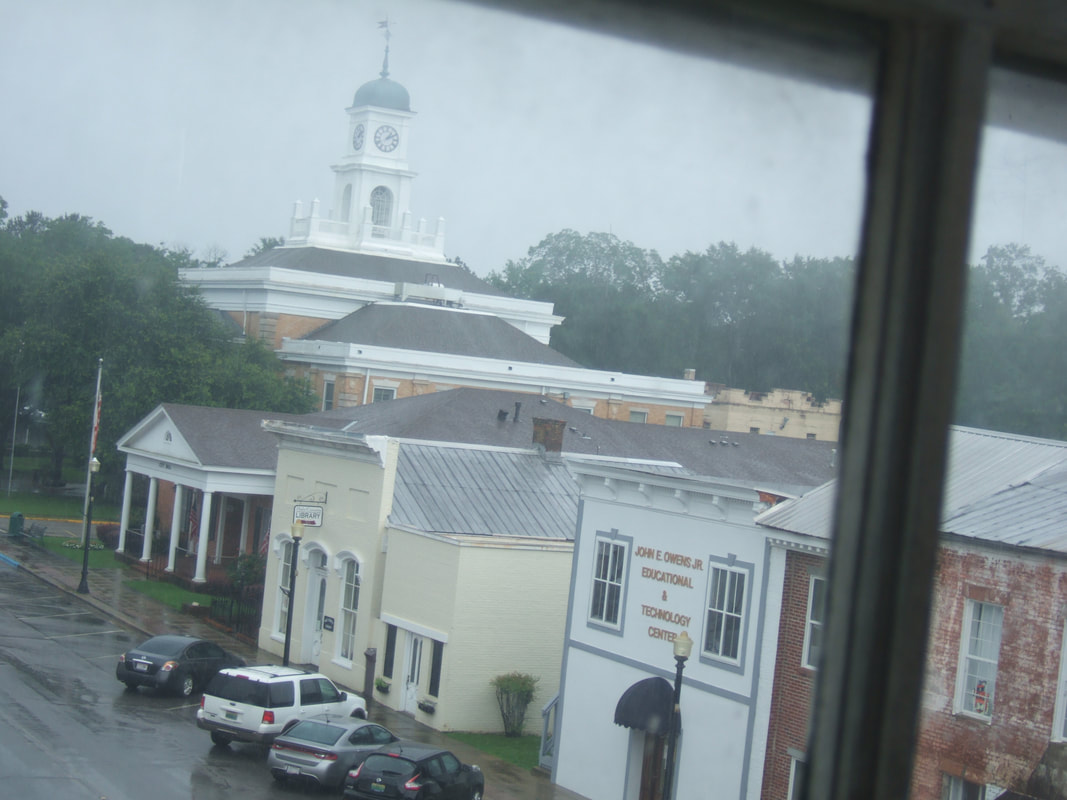
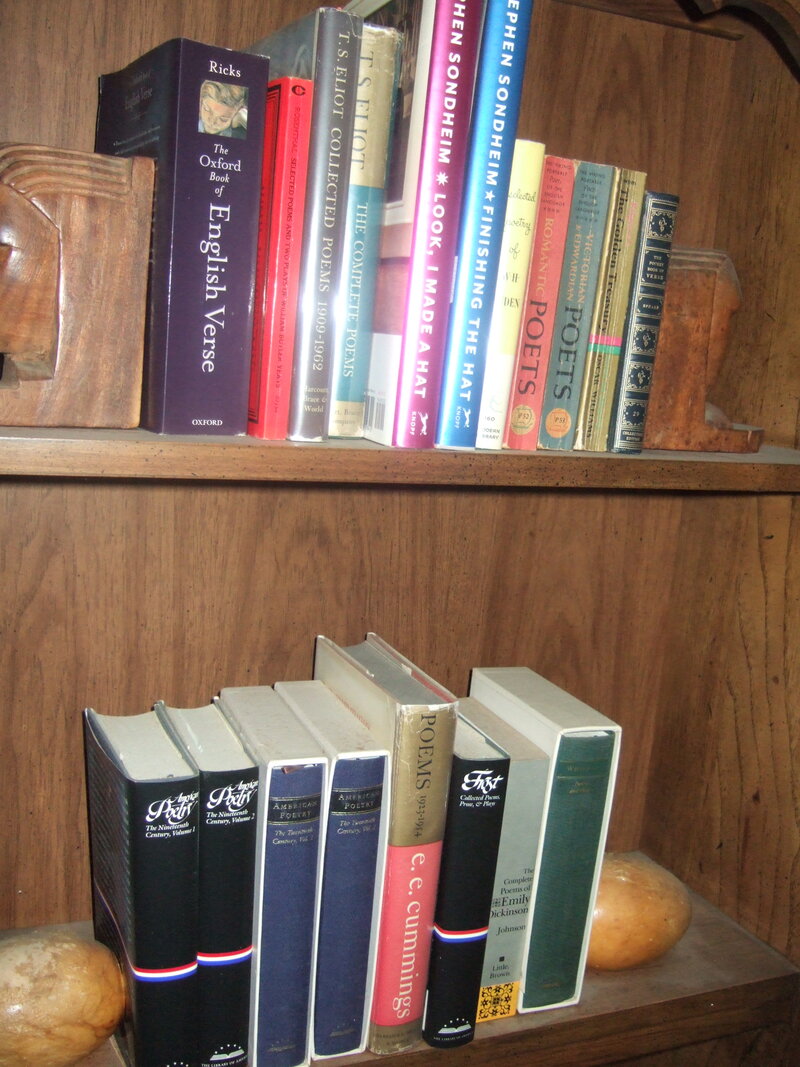
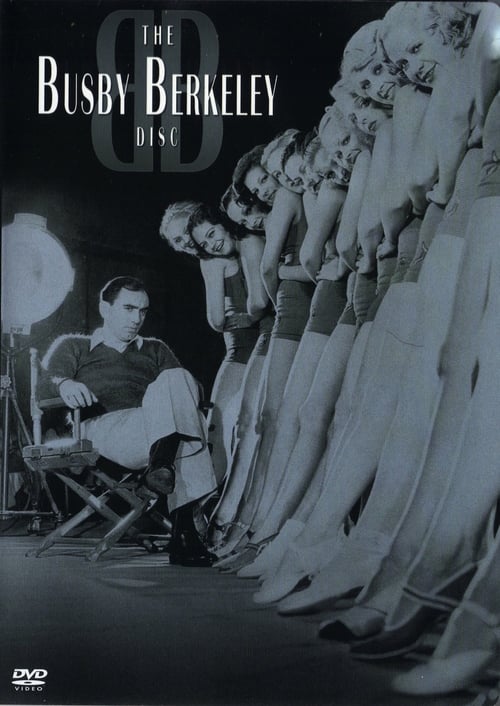
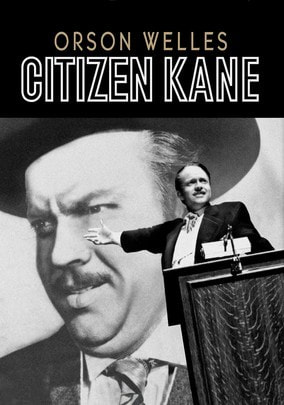
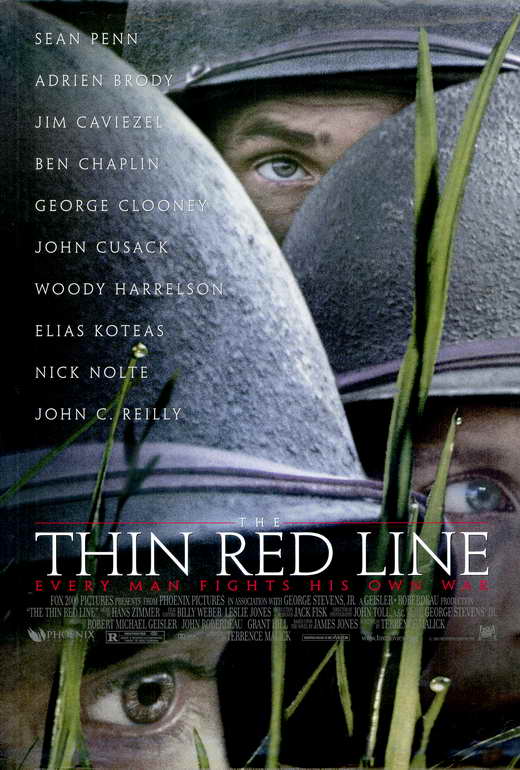
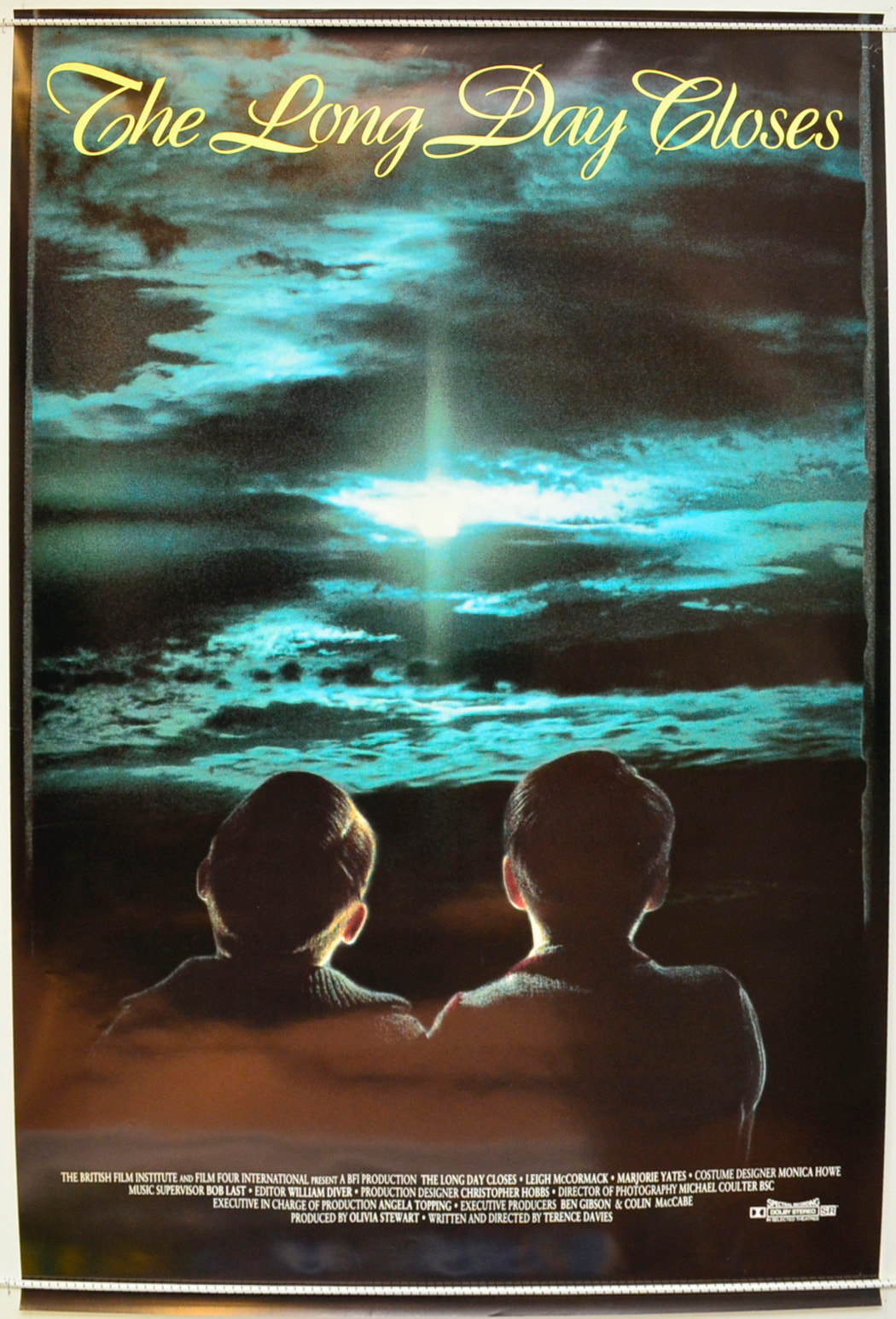
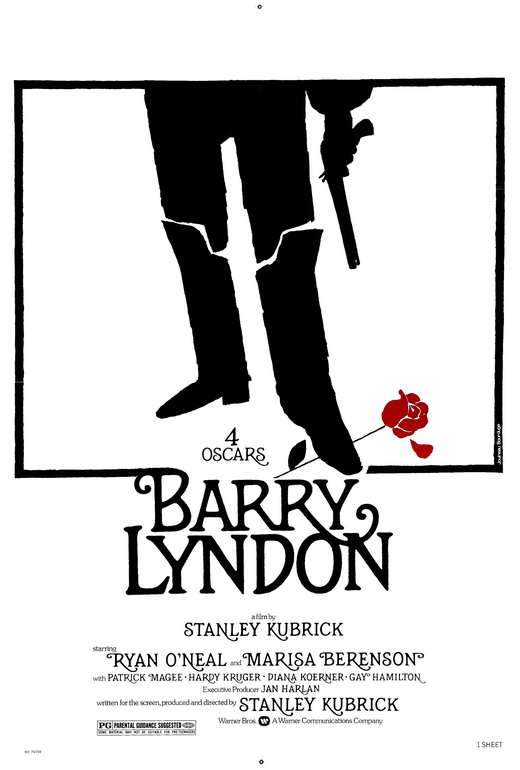
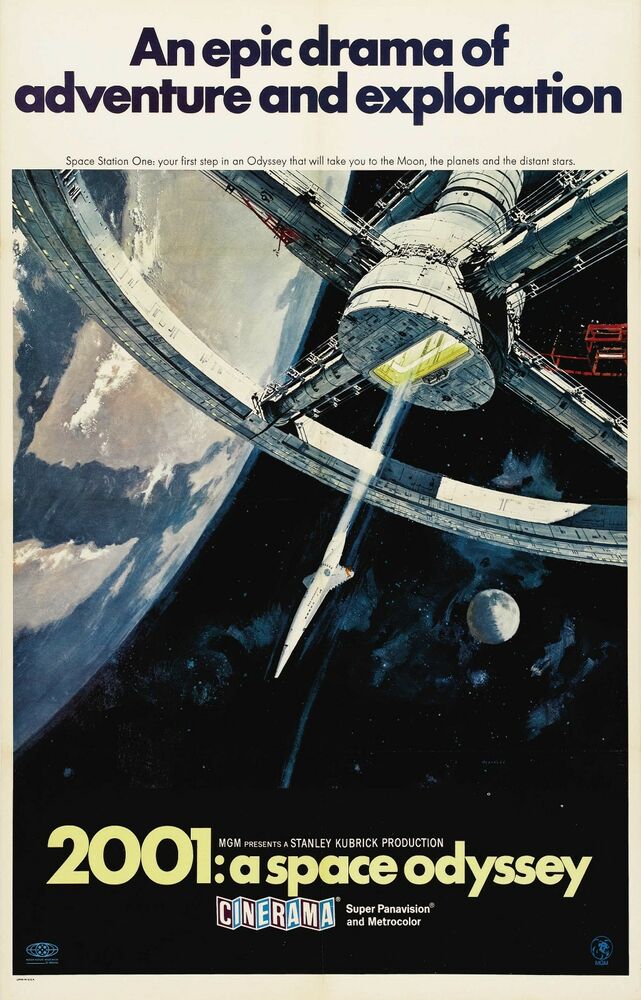
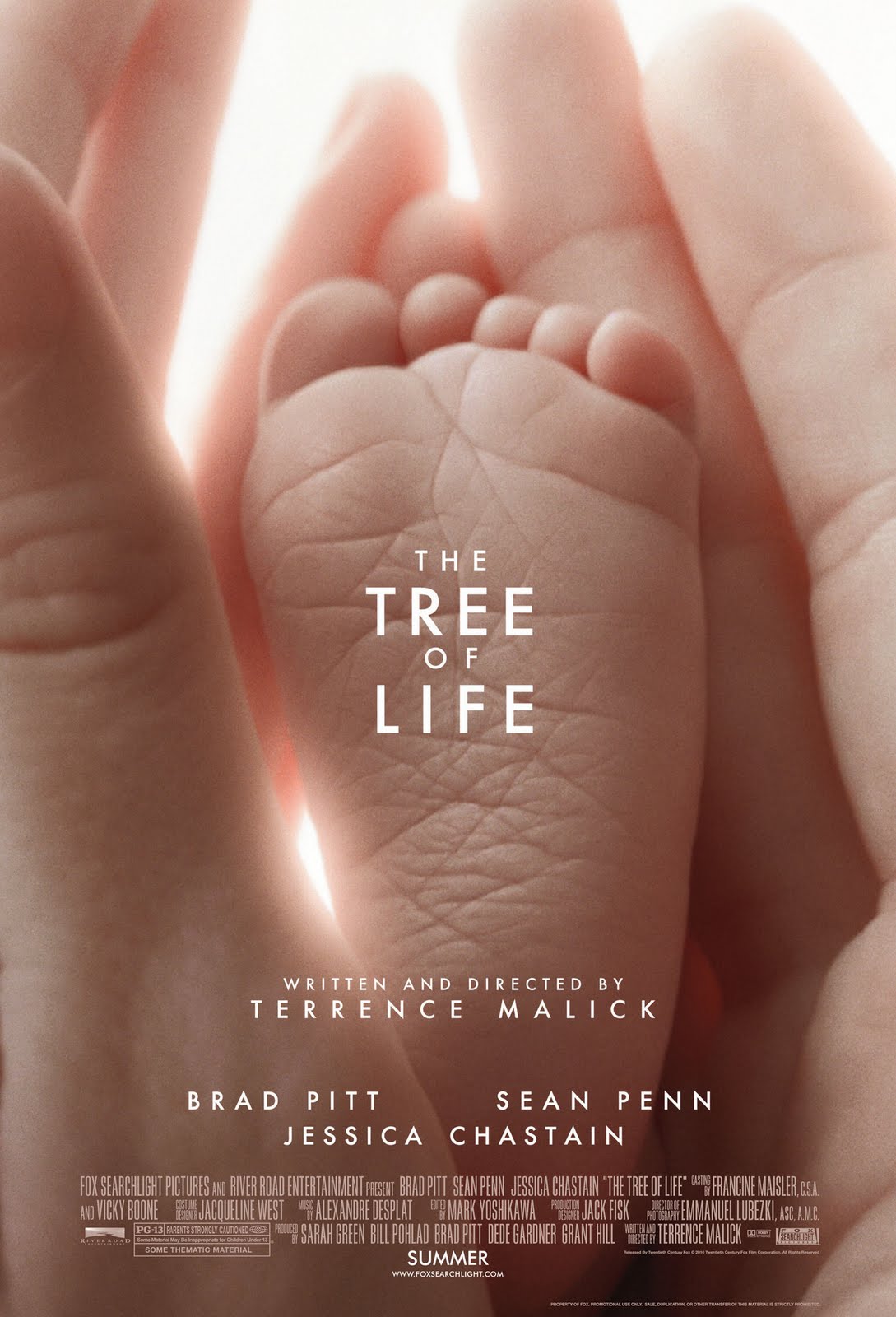


 RSS Feed
RSS Feed